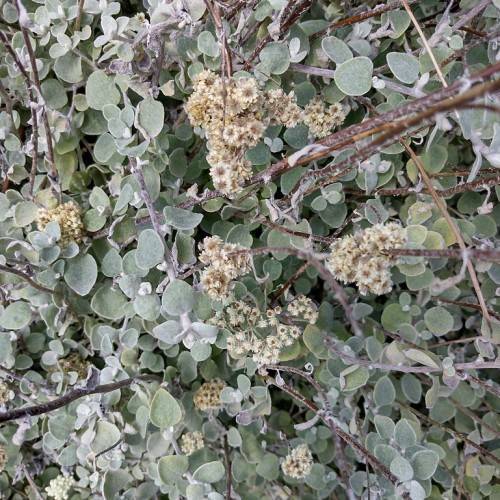
licorice plant
Helichrysum petiolare
Cycle:
Herbaceous Perennial
Watering:
Minimum
Hardiness Zone:
9 - 11
Flowers:
Flowers
Sun:
Full sun,part shade
Leaf:
Yes
Growth Rate:
Low
Maintenance:
Low
Salt Tolerant:
Yes
Care Level:
Medium
watering
The licorice plant is a highly drought-tolerant evergreen succulent. It requires infrequent watering and should remain dry between watering sessions. Water only when the soil is completely dry to the touch, as too much water can cause root rot. Water the soil around the base of the plant thoroughly and let the excess water drain away. It's best not to water the leaves of the plant as this can promote bacterial and fungal growth. Water the plant in the morning about once every 10-14 days during growing season, and water less during winter.
sunlight
Licorice plant prefers full sun to partial shade, and thrives in bright, indirect light. When grown outdoors, the plant should be placed in a location that gets 6 to 8 hours of direct sunlight each day. When grown indoors, place the plant in a south-facing window or near a grow light to ensure it gets adequate light. Avoid direct sunlight as this will cause the plant to scorch and could damage the leaves. Licorice plant prefers to dry slightly between watering sessions, so it is important not to overwater.
pruning
For a licorice plant (Helichrysum petiolare), pruning is necessary to keep the plant healthy and bushy. Pruning should be done on a regular basis, starting in late winter to early spring. That way, the plant can grow strong and healthy throughout the season. When pruning the licorice plant, it is important to take off the old stems and leaves that have been on the plant for some time. This will encourage the plant to produce new, stronger stems and leaves. Aim to prune the older, damaged parts of the plant by trimming the stems just above the soil line. However, be sure not to cut away any of the new, healthy growth as this is vital for the plant’s health. Overall, pruning the licorice plant should be done on a regular basis, preferably once in early spring and again in late summer to early fall. This way, you can ensure that your plant will stay healthy and strong all season long.
